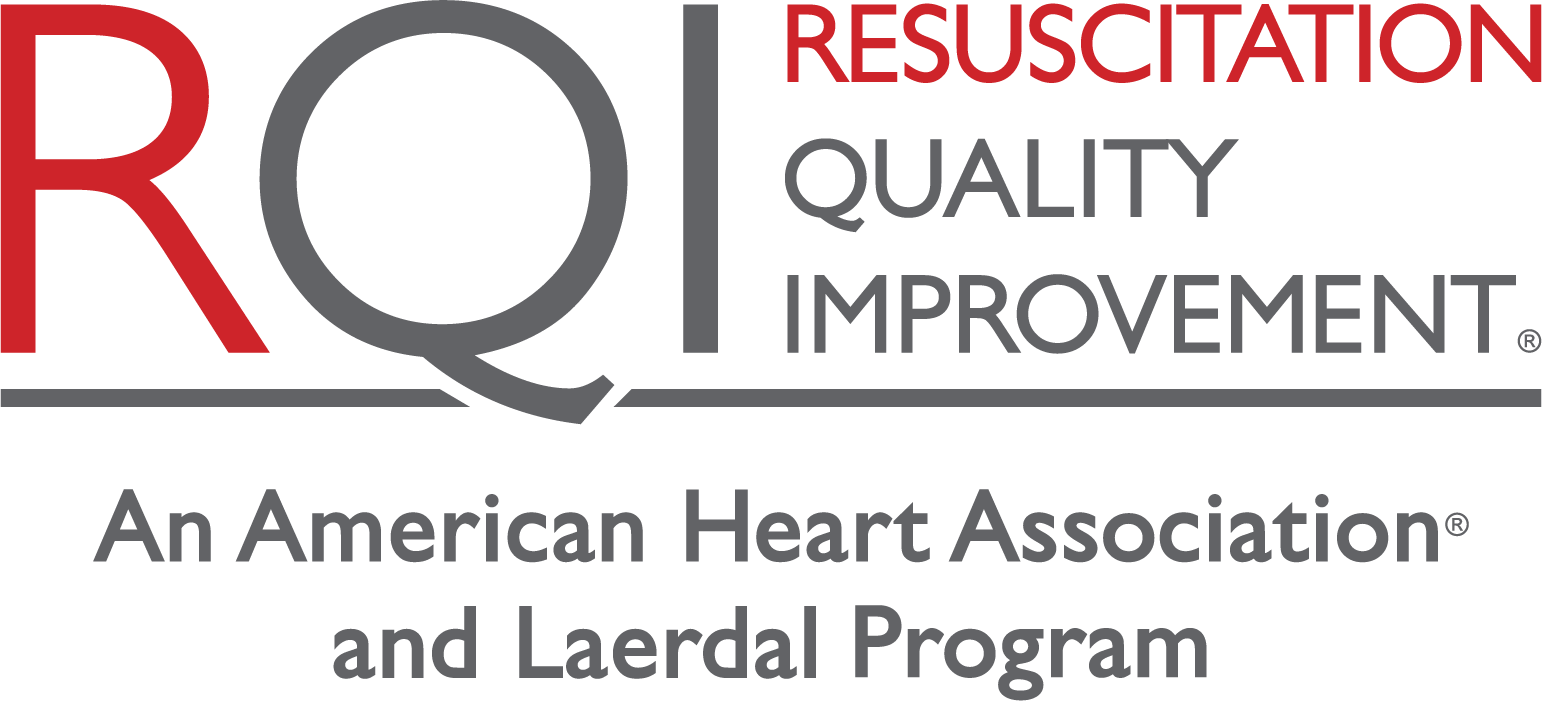Klacman, A., Barnes, D., & Wang, J. Journal for Nurses in Professional Development. 2021
Importance of Conclusion
Inadequate education, such as CPR training once every 2 years, can lead to poor-quality CPR and ultimately low survival rates following an IHCA. Research has shown that frequent skill refresher sessions result in improved CPR skill quality, with optimal spacing being between 2 and 3 months. Using brief, quarterly CPR training at a skills station, BLS providers demonstrated a quick improvement in CPR skills and the maintenance of this performance overtime.
Key Points
- Without repetition, CPR skill decay occurs, and BLS providers will not be able to perform high-quality CPR.
- Shortened training sessions that focus on CPR skills rather than nonessential information in the course may reduce cognitive load and improve CPR quality.
- Using quarterly, brief CPR training at a skills station, hospital BLS providers who failed to meet CPR performance measures during the first quarter quickly improved on the skills necessary to meet CPR measures. For example, learners not meeting target compression depth increased from 51.1% in Q1 to 78.8% by Q2 and then 84% in Q4 for percentage of compressions with correct depth.
- Providers that met CPR measures during the first quarter maintained that performance over time with a quarterly model.
- Nurse educators should consider incorporating innovative CPR education strategies that focus on spaced learning with immediate feedback.
